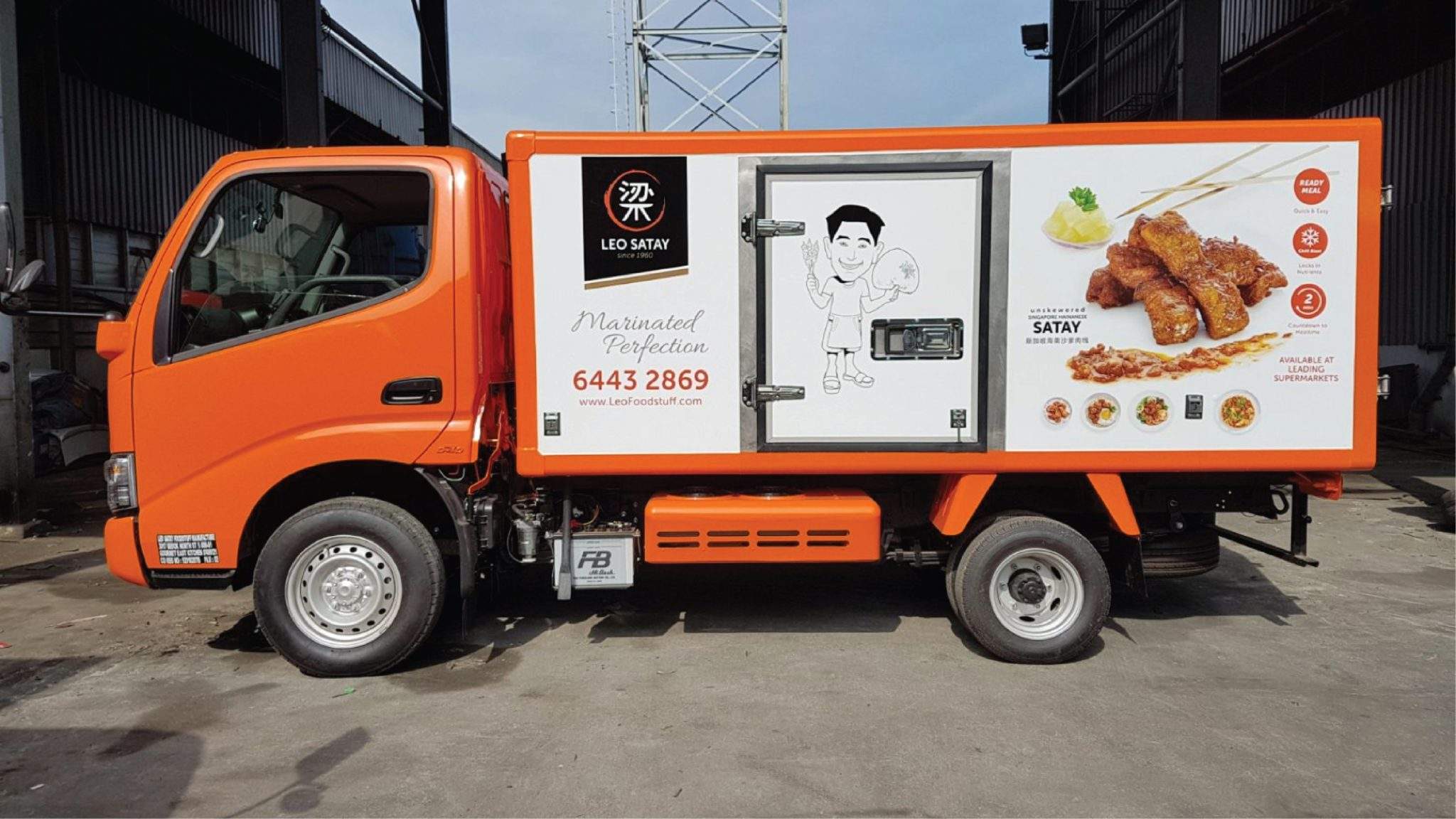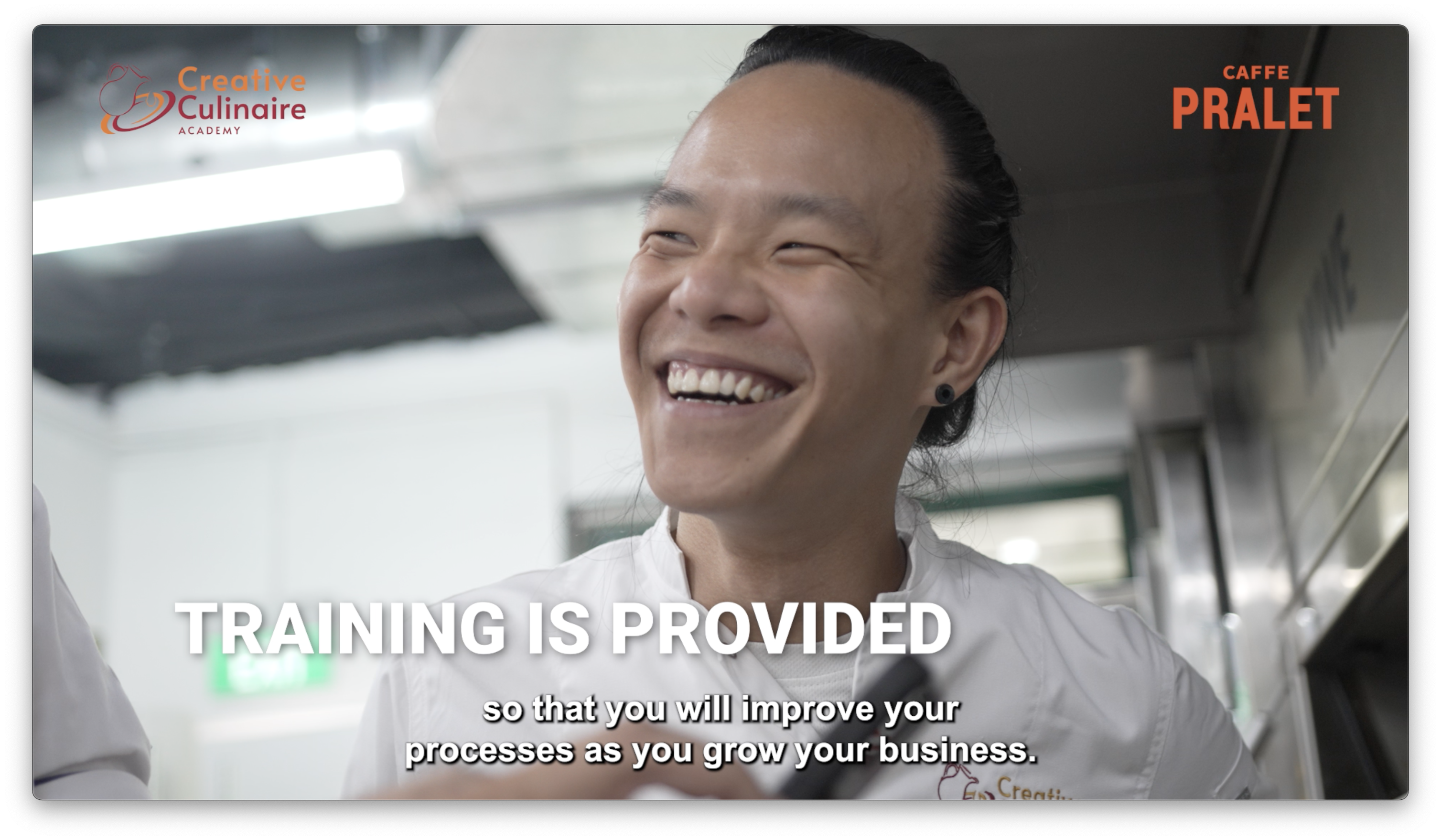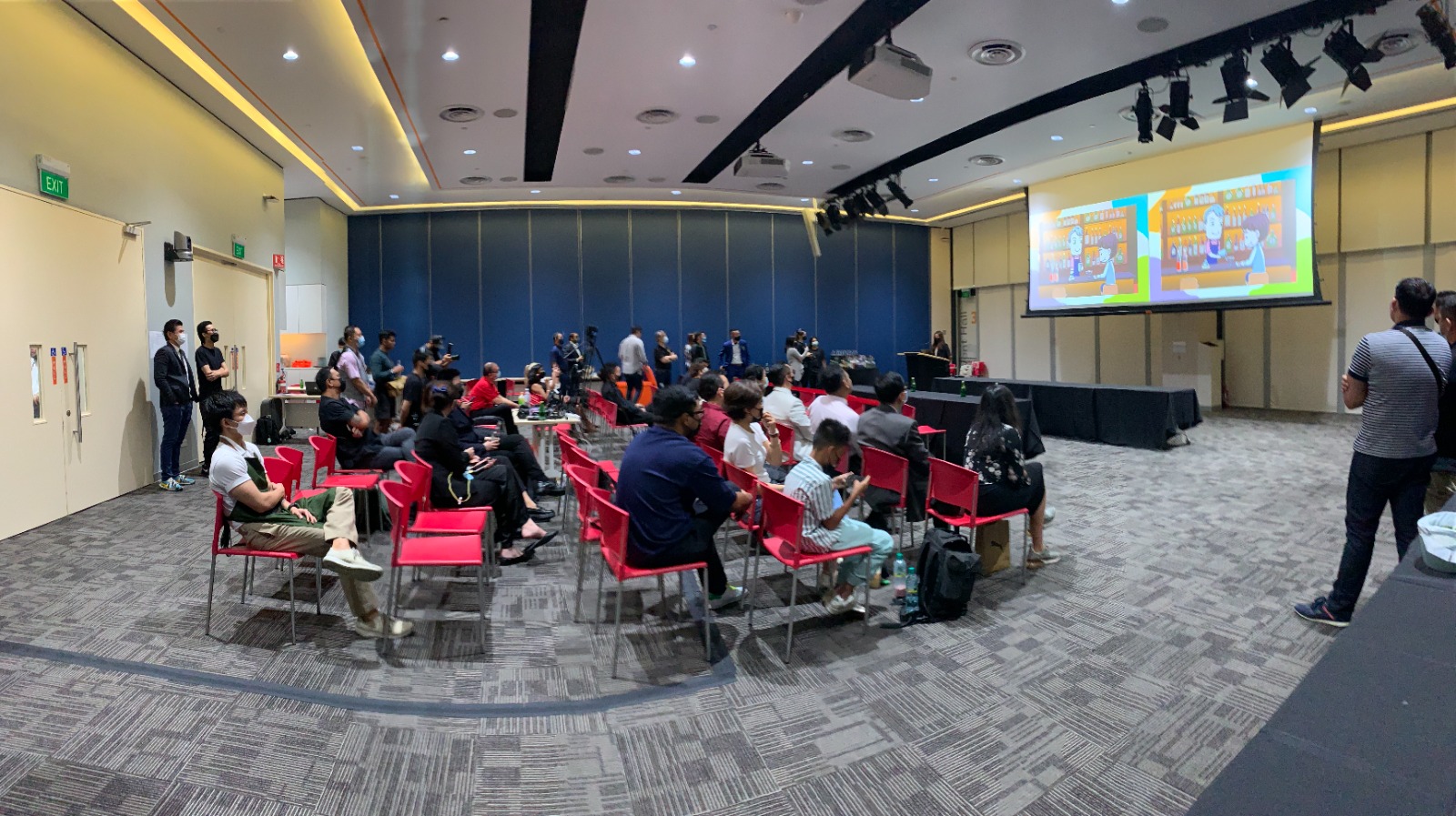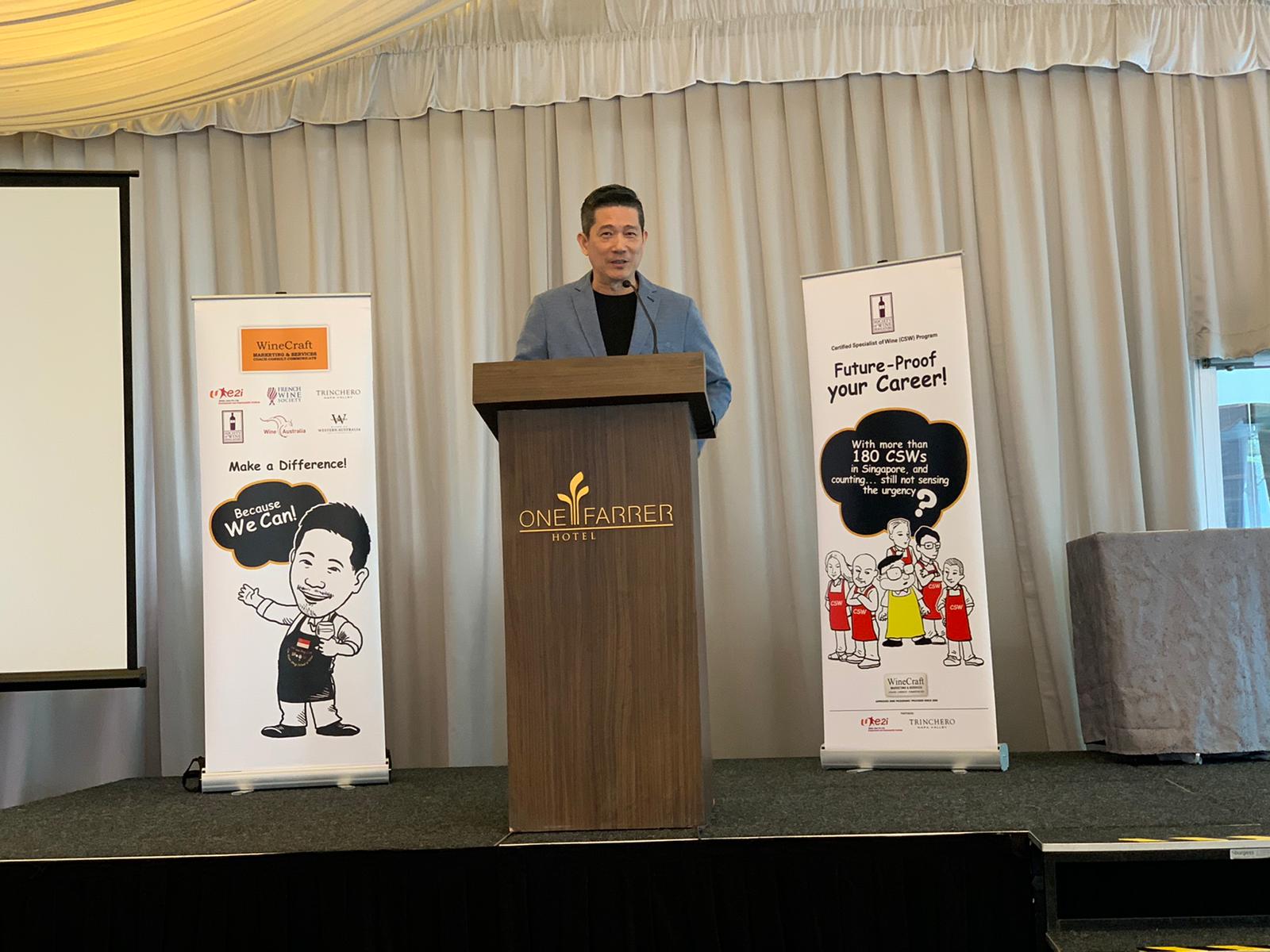Discover how Leo Satay, a heritage satay brand, embraced technology and automation to flourish.
Satay has been in the Leo family since 1960 when Leo Satay founder, Mr Leo Teng Foon, began plying his trade in the west side of Singapore. Grilling and serving the skewers out of his tiny hawker stall, Leo slowly earned the affectionate moniker of ‘The Satay Man’ among loyal patrons.
Over the years, Mr Leo Teng Foon passed down the business, recipe and even the affectionate moniker to his son, Mr Leo Sin Soon. Under the younger Leo’s stewardship, Leo Satay quickly grew. The company added several stores and also began selling the famous skewers to other hawker stalls in Singapore.
After successfully expanding the business, Mr Leo Sin Soon handed the reins over to his son, third generation owner, Mr Raymond Leo. Mr Leo understood the importance of applying modern technology and automation to the business. Leo Satay has since invested heavily into technology and automation to help scale its kitchen operations to meet their huge demand while ensuring its signature flavour and high quality is not compromised.
Today, Leo Satay is famous for its variety of Singaporean Hainanese satay flavours: beef, chicken, mutton and pork. The company has also embraced other forms of grilled skewered meats such as their Japanese Chicken Yakitori. Leo Satay‘s products can be found across Singapore in supermarket chains, restaurants, caterers and even five-star hotels. Customers can also order from Leo Satay directly via its website.


As part of the company’s effort to improve its productivity, Leo Satay worked with NTUC’s Employment and Employability Institute (e2i) to improve its cold-chain logistics and food storage procedures. Prior to the upgrade, workers had to store finished products in freezers before loading them for delivery in the wee hours of the morning to ensure the products reach customers on time.
The project resulted in the implementation of an insulated box with refrigeration system that allows for finished products to be directly loaded for delivery. This helped the company save time by cutting out the cumbersome process of freezing, unloading and then reloading the products for delivery. Furthermore, this reduced the amount of physically straining tasks that older workers had to perform. The company ended up saving valuable man-hours for the company and added productivity for its workers.

Leo Satay’s workers did not hesitate to embrace these technological and workflow process upgrades. The management team articulated the need for change clearly and addressed all concerns of their staff, ensuring them that the upgrades were beneficial. The workers were taught and tested on the new procedures as well as how to safely handle the new equipment. Older workers were given a wage increment from this job redesign as well.
As Leo Satay continues operations amidst the uncertainty, safety remains a priority across all their facilities. The company has implemented rigid safety protocols such as twice daily temperature taking exercises, checking of safe entry scanning and floor markers to help employees maintain a 1-metre safety distance from each other. As a result of the growth and productivity increase in the company, Leo Satay has plans to expand and hire more workers in the coming year. That means customers can expect more wholesome satay delivered to their doorstep.












